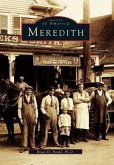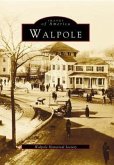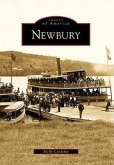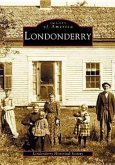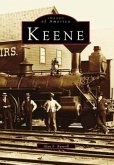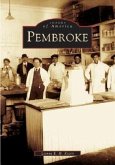Originally, the neighborhood now known as Lakeport was part of Meredith on one side of the Winnipesaukee River and of Gilmanton (Gilford after 1812) on the other. This manufacturing, commercial, and port settlement--once called Lake Village--became part of the city in Laconia in 1893. The area around today's Lakeport Dam became the site of sawmills and gristmills for the Euro-American settlers of the late 1760s. By the mid-1800s, textile and hosiery mills, factories, foundries, and machine shops had grown up around the abundant waterpower of the dam. With the coming of the railroad in 1848, Lake Village became an important railroad town--with repair shops, a roadhouse, and homes for scores of railroad workers. Beginning in the mid-1800s, boat building--especially of lake steamers--was also an important industry. Just before joining with the town of Laconia, Lake Village renamed itself Lakeport. By then, the two communities had expanded toward each other, forming one continuous urban neighborhoo


